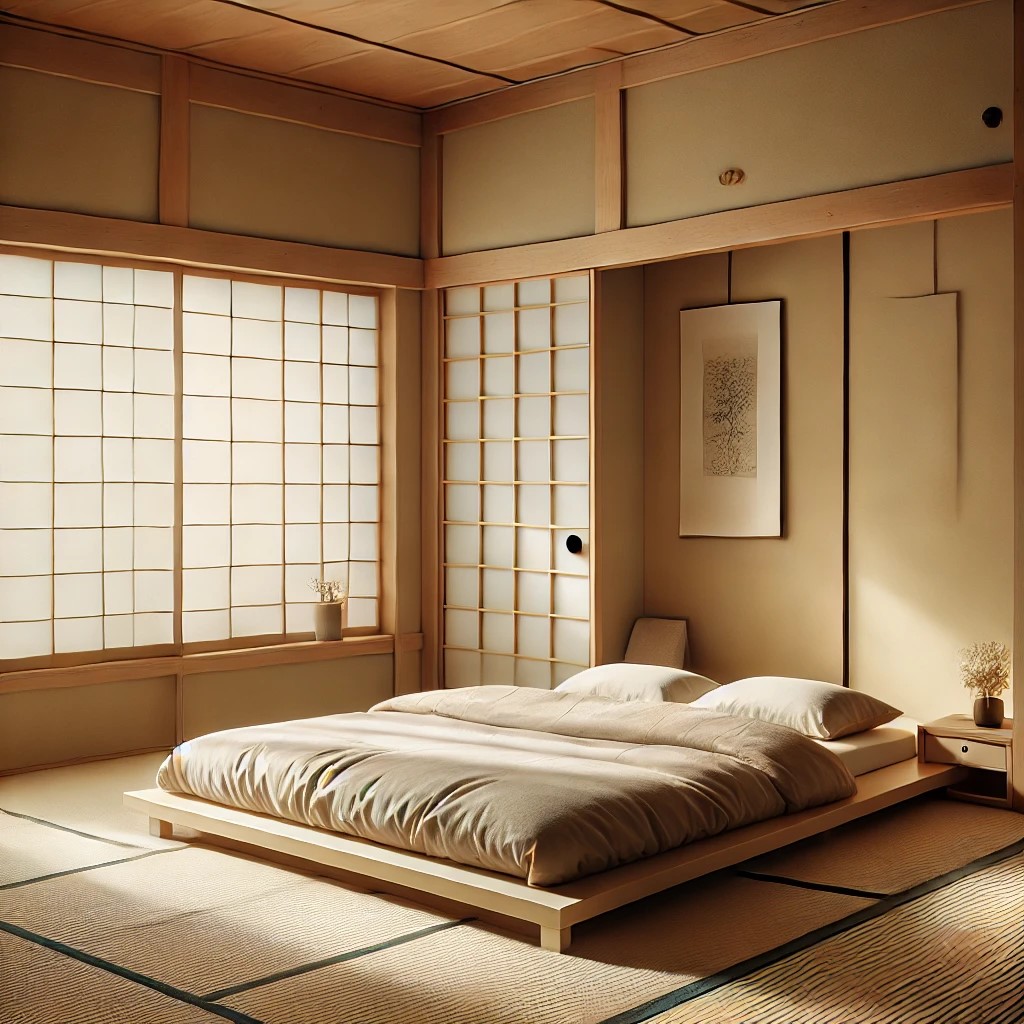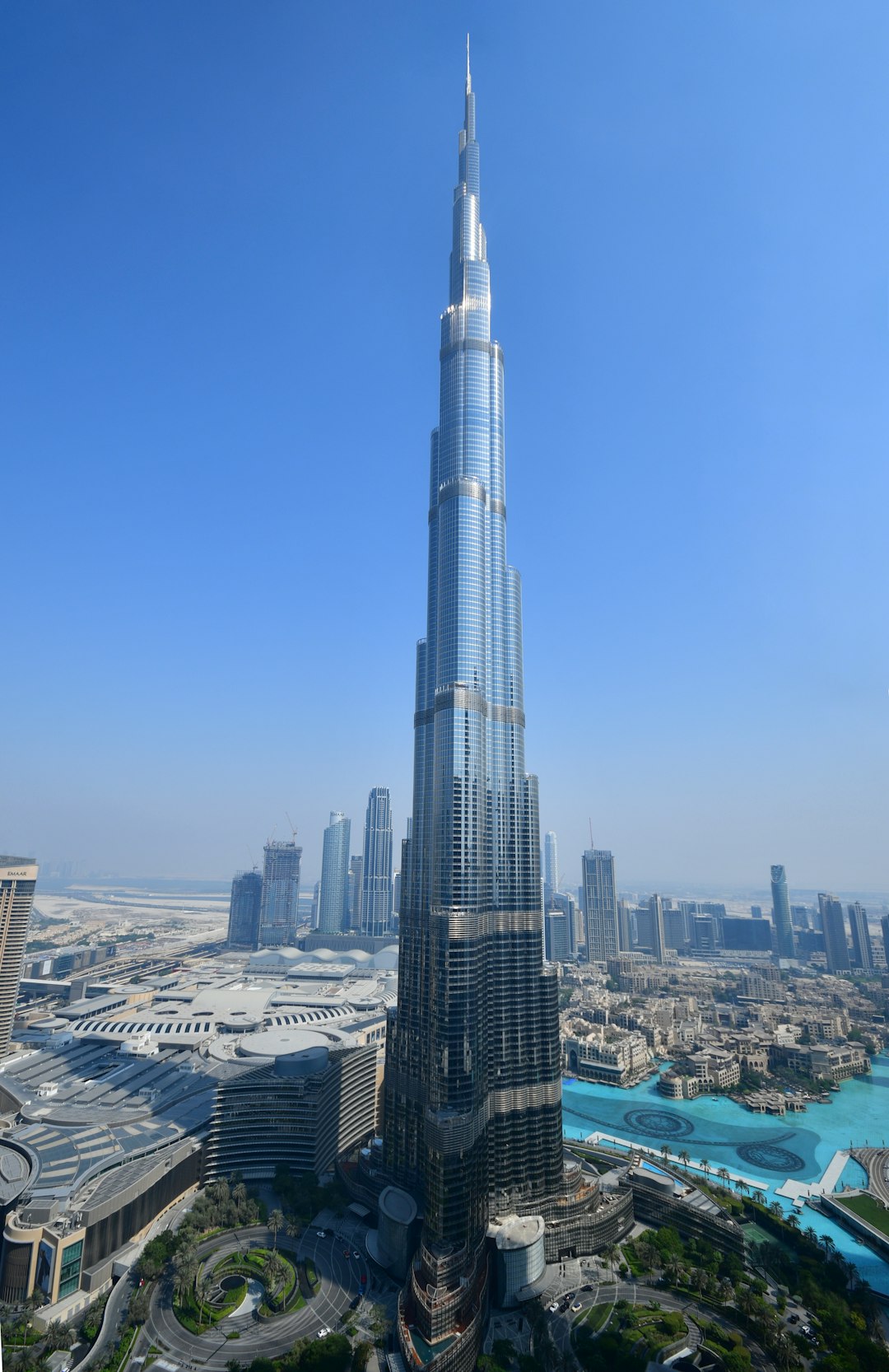Architecture and Superstition
Does the elevator skip from the 12th to the 14th floor? No, it’s not a mistake!
If you’ve ever noticed this peculiarity while visiting a skyscraper, you’ve witnessed one of the most common examples of how superstitions influence architecture and design of buildings worldwide.
As architects, we deal daily with technical, regulatory, and aesthetic constraints that guide our projects. But there’s also a heritage of beliefs, superstitions, and traditions to consider!
The fear of Number 13
The fear of number 13 is so deeply rooted in Western culture that numerous buildings, hotels, and prestigious skyscrapers intentionally “skip” this number when designating floors.

This happens because many people would feel uncomfortable living or working on the thirteenth floor, negatively affecting the perceived value and potential for sale or rental of those spaces!
Architectural Superstitions across Cultures
Practically every culture has developed its own beliefs that influence how spaces are designed and used.
In many Asian countries, for example, the number 4 is considered particularly unlucky because its pronunciation sounds very similar to the word for “death.” Consequently, many modern Asian buildings don’t have a fourth floor, and in hospitality structures, you’ll rarely find rooms beginning with the number 4.
Feng Shui
Feng Shui, an ancient Chinese practice, probably represents the most elaborate system of architectural principles guided by spiritual beliefs.

This discipline seeks to harmonize individuals with their surrounding environment through a complex series of rules:
- Sharp angles in rooms should be avoided as they’re considered accumulators of negative energy;
- Staircases should not be directly aligned with the entrance door, to prevent fortune from “slipping away” from the house;
- Beds should never be positioned beneath exposed beams.
Traditions and Rituals
Superstitions also influence the construction process through rituals that persist even in modern building practices.
In Anglo-Saxon countries, for example, when a building reaches its maximum height, the placement of the last beam is celebrated with the “Topping out Ceremony,” placing a national flag or a fir tree on the highest beam.
In Japan, a house with a north-facing entrance is considered unlucky, while in cultures influenced by Islam, mosques are oriented toward Mecca.

Designing with Cultural Sensitivity
Respecting these traditions and beliefs doesn’t merely mean following superstitions but recognizing that architecture is deeply imbued with values, beliefs, and traditions of the people who will inhabit the spaces.
These elements tell stories about our relationship with built space, which is why it’s important to value and respect them.
The next time you visit a building, pay attention to details that might reveal the influence of ancient beliefs.
You might discover that, even in the most modern and rational architecture, a dialogue with traditions of the past persists…




